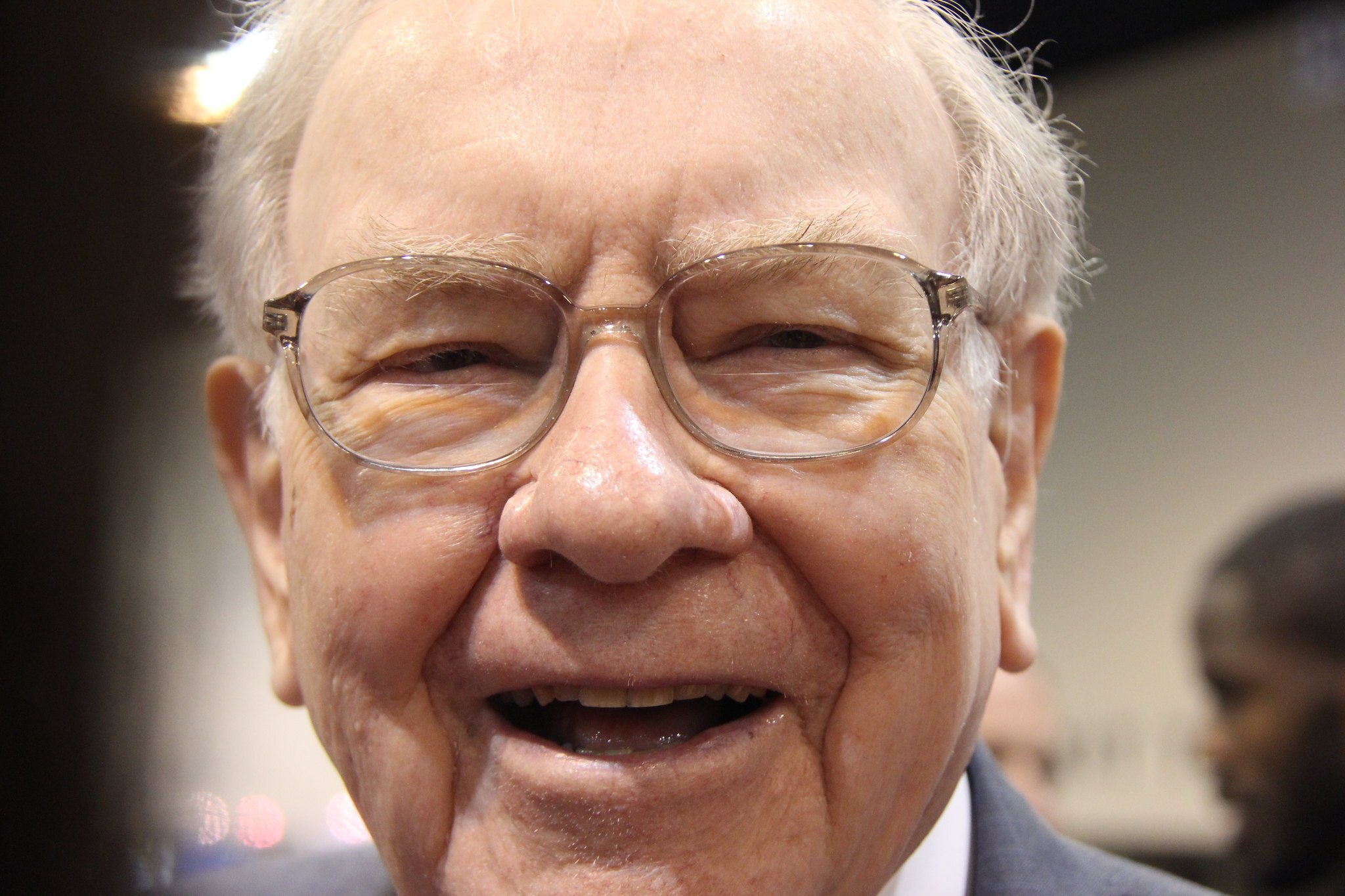When you think about megacap stocks, the financial sector might not be the first thing that comes to mind. And that certainly makes sense. After all, the largest companies in the market are almost all from the tech industry.
However, you might be surprised at how large some financial companies have become. We recently had a financial sector stock become the first non-technology company to reach a trillion-dollar valuation, and the largest U.S. bank could certainly join the trillion-dollar club within a few years with decent stock performance.

Image source: Getty Images.
According to The Motley Fool's recent research, the largest financial stocks based in the United States, ranked by market cap, are:
- Berkshire Hathaway (BRK.A +0.07%)(BRK.B +0.16%)
- JPMorgan Chase (JPM +0.88%)
- Visa (V +0.37%)
- Mastercard (MA +0.11%)
- Bank of America (BAC +0.16%)
- Wells Fargo (WFC +0.20%)
First, a housekeeping note. Many investors don't think of Berkshire Hathaway as a financial-sector company, especially because it owns large energy, railroad, and other businesses, as well as a stock portfolio whose biggest investment is a technology company. But Berkshire's core business is insurance. Its subsidiaries such as GEICO and several reinsurers are what allowed the conglomerate to build its collection of $300 billion in stocks and more than 60 wholly owned businesses. Berkshire recently became the first non-technology company to reach the $1 trillion market cap milestone, making it the largest in the sector.
Which are the best investments now?
To be sure, there's a solid case to be made in favor of buying any of these stocks. But having said that, there are some that are more attractive than others right now.

NYSE: BRK.B
Key Data Points
Berkshire Hathaway is a particularly interesting one. Ever since CEO Warren Buffett announced his intention to retire, the stock is down by about 12% in just over three months. However, the company's massive stock portfolio has become even more valuable in those months, and after backing out the cash and stocks, Berkshire's operating businesses trade for just over 11 times trailing-12-month operating earnings. That's cheap. Of course, there's some uncertainty ahead, and many investors are growing frustrated with the lack of opportunities to put the company's $344 billion in cash to work. But this still looks like a solid long-term investment.
On the banking side, Bank of America is the one I'd be most eager to buy today. In the second quarter, all of the key numbers looked strong. Earnings grew by 7% year over year and customer deposits increased by 5%, despite an uncertain consumer environment. Investment banking was strong, and Bank of America could be a big beneficiary as interest rates start to fall.
Wells Fargo is another interesting example. It's the most consumer-focused of the banks on this list and could be the biggest winner of falling rates as interest expense should fall. Plus, Wells Fargo's asset cap, which had been in place for years as punishment for its "fake accounts" scandal, has finally been lifted.
Both banks could benefit from the generally looser-regulation focus of the Trump administration, and especially if the 15% corporate tax rate the president campaigned on comes to fruition, since big banks typically have effective tax rates in the 20s.
What about the rest?
I certainly don't want to give the impression that JPMorgan Chase, Visa, and Mastercard aren't great companies. They are. JPMorgan Chase is a powerhouse financial institution, but it trades at a wide valuation premium to the other two banks on this list. Visa and Mastercard are essentially a duopoly in a massive market, but I question whether their future growth potential justifies the P/E ratios of 33 and 39, respectively, that they command.
Berkshire Hathaway, Bank of America, and Wells Fargo all stand out to me for their attractive valuations and future opportunities. In full disclosure, Berkshire and Bank of America are both among the 10 largest stock positions in my own portfolio, and Wells Fargo is near the top of my watch list as we (hopefully) head down a path of rate cuts.











